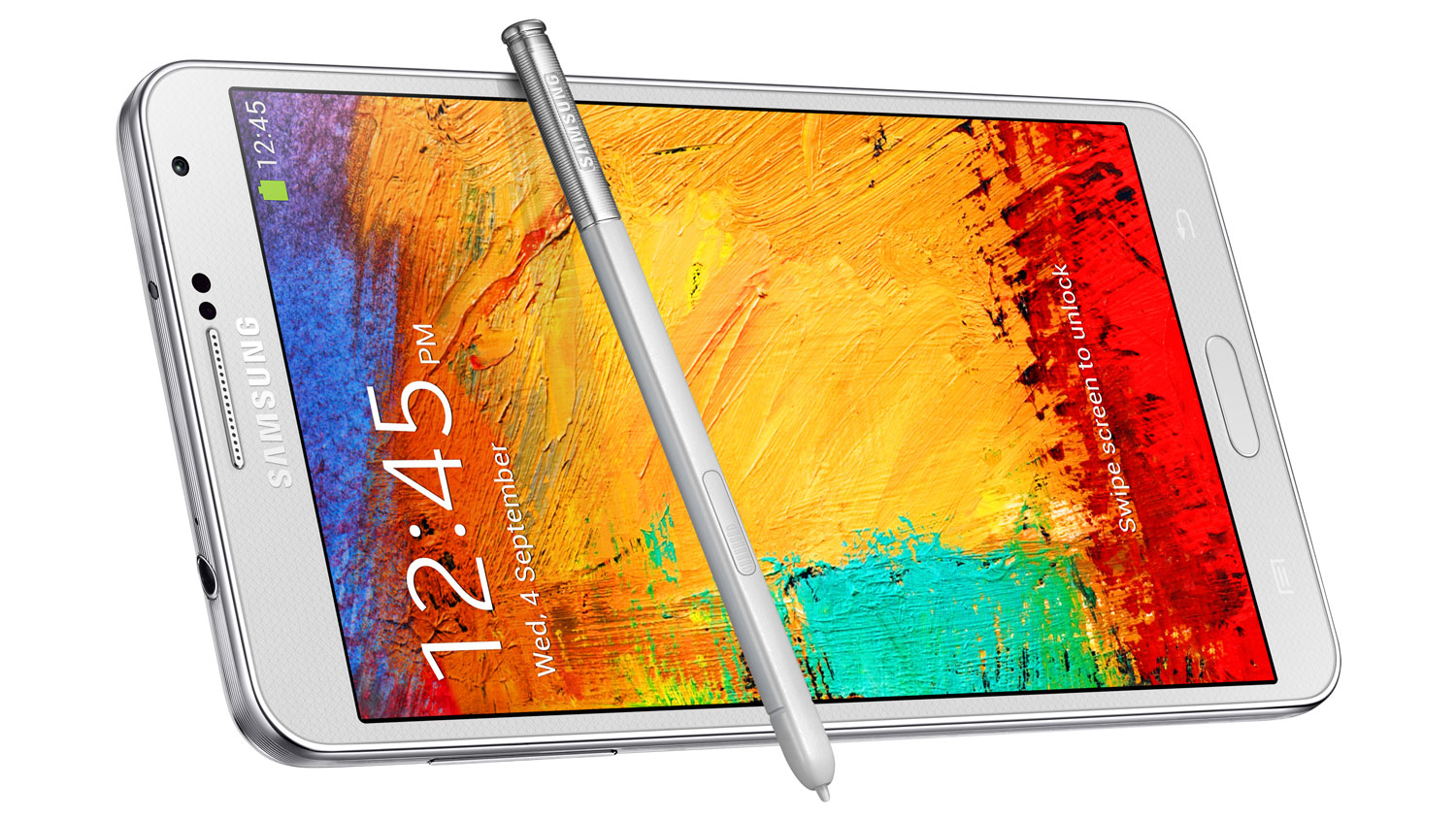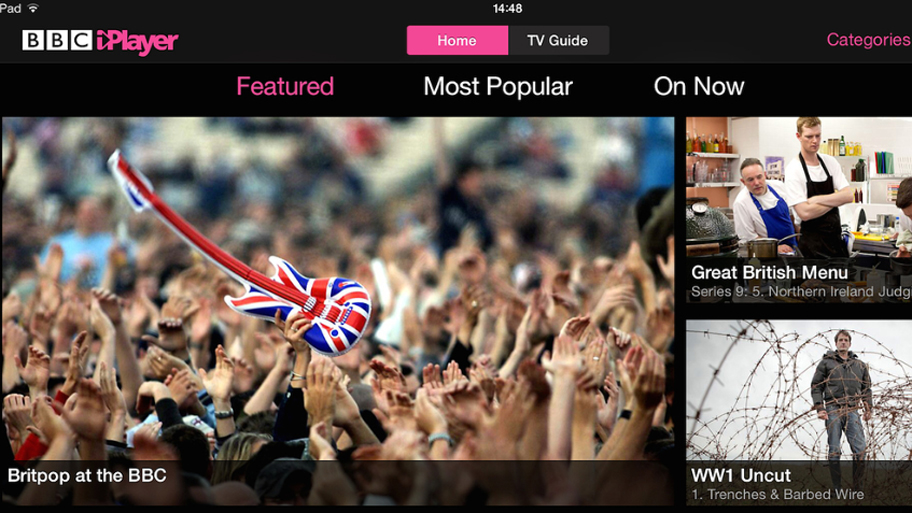TV on your mobile: the way you watch television is about to change, again
The long-term evolution of TV is LTE
How does it work?
LTE Broadcast is the way of delivering mobile TV from Qualcomm (it's also known as evolved Multimedia Broadcast Multicast Service, or eMBMS). It is part of its Snapdragon processors for flagship Android devices.
The service will use 4G (LTE, or long term evolution) to deliver the data.
"The tech is seamlessly integrated into the LTE [4G] standard so the carrier doesn't have to have a dedicated radio network or dedicate any radio spectrum to offer this service," says Carson.
With LTE Broadcast capability in most of the smartphones of the near future, activating services will merely be a decision by the mobile network and handset manufacturers.
But the best bit? There's no data fee involved in watching mobile TV channels – and those channels can come in HD. Better still, Qualcomm tells us that Ultra HD 4K broadcasts could be possible, too.
It works a bit like DVB-T, which is how Freeview HD in the UK is broadcast, whereby a TV signal is distributed to an unlimited number of recipients.
The user only needs an LTE-enabled device with an LTE Broadcast app.
Get daily insight, inspiration and deals in your inbox
Sign up for breaking news, reviews, opinion, top tech deals, and more.
But do we need actually need mobile TV?
There is a huge appetite for consuming video on the go. Strategy Analytics recently conducted a huge survey of mobile users in US, China, France, Germany, Spain and the UK, and found that 72% of users were consuming video on their phones.
"With 4G services arriving there is the bandwidth to actually watch live TV or stream catch up TV for the first time," says Cox. "Mobile operators need to find reasons to get subscribers to upgrade to 4G and TV consumption is a primary reason."

He adds that our loyalty towards our TV provider is something mobile networks are keen to latch on to.
"I change my mobile phone every year and shop around for the best new deal, but I have been with Sky for 12 years," says Peter Cox, Director of Marketing, Vision247, which specialises in multi-screen, 'over the top' IPTV services. "Mobile operators can use television services to keep subscriber satisfaction high and retain customers."
Why has mobile TV not taken off to date?
"Primarily due to lack of bandwidth," says Cox. "Only now that 4G services have taken off are we really able to see the speeds and reliability that will enable streaming without interruption. Even on 3G this was difficult to achieve."
Qualcomm has been here before, promoting a technology called FLO TV for the US market back in 2007 that was a failure. Using a dedicated network, FLO TV provided TV channels that network operators like AT&T and Verizon could sell on to subscribers. It closed in 2011.

"It failed spectacularly," says Windsor Holden, Research Director at Juniper Research. "Its launch was delayed and there was only two or three model of phones that could receive FLO TV … when Wi-Fi arrived it made streaming more attractive and cut the ground for under the idea of having a dedicated network."
Holden thinks that LTE Broadcast is an interesting development, but struggles to see it making money. "With LTE there's the advantage of using the existing network, but the key has to be live coverage – it's one-to-many so it's efficient and certainly solves the problem of in-stadia coverage – but I'm not entirely convinced about how the business model stacks up," he says.
Could we not just watch TV on Wi-Fi?
It's what we all already do in our homes, and increasingly when we're away from home, too.
"We're getting to the point where Wi-Fi is ubiquitous – it's even on trains – so the physical window for mobile TV is diminishing," says Holden. "Even in areas where there's no Wi-Fi is the LTE coverage good enough to get a good TV signal?"
Whether any of us want, or want to pay for, mobile TV remains on be seen, but our touchscreen devices have reached a size and capacity where it becomes possible.
"The growth in five-inch screens has driven more demand for television services," says Cox, who thinks people are buying tablets instead of second TVs and could be open to new ways of consuming TV and video.

"As broadcasters have seen more and more people watching not live TV, but TV at a time of their choice, they've adapted content with catch-up TV services and personal video recorders," he says. "The next big change in television consumption is based not on time but geography – people watching what they want, when they want, and now where they want."
Could Qualcomm's LTE Broadcast find a niche? Anyone rushing home from work at 5pm on 19 June this year to watch the England Vs Uruguay World Cup match might be able to spot a gap in the market.
- 1
- 2
Current page: The future of mobile TV: how it works
Prev Page The future of mobile TV: why we need itJamie is a freelance tech, travel and space journalist based in the UK. He’s been writing regularly for Techradar since it was launched in 2008 and also writes regularly for Forbes, The Telegraph, the South China Morning Post, Sky & Telescope and the Sky At Night magazine as well as other Future titles T3, Digital Camera World, All About Space and Space.com. He also edits two of his own websites, TravGear.com and WhenIsTheNextEclipse.com that reflect his obsession with travel gear and solar eclipse travel. He is the author of A Stargazing Program For Beginners (Springer, 2015),
